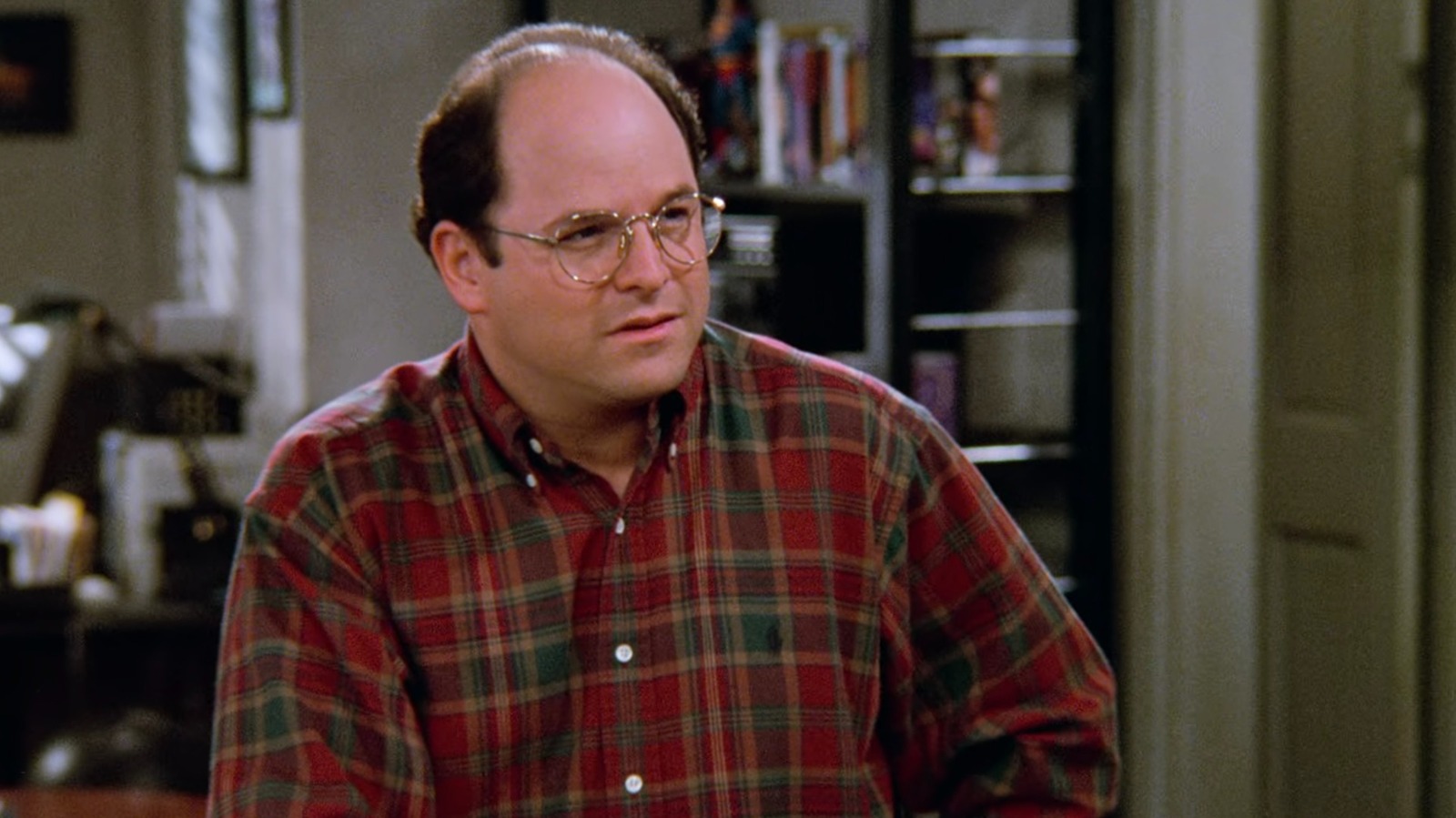Opening physical Pokémon card packs is a thrill. There’s the crackle of the plastic-like foil packaging, the weight of the cards in your hand, the feeling of excitement when the pad of your finger catches the brief sensation of a textured holographic card nestled behind all the common cards. Replicating this digitally is an impossible task, and yet, Pokémon Trading Card Game Pocket tries, and largely succeeds, at creating a fresh and novel digital card-opening experience for Pokémon fans.
Tech
Pokémon Trading Card Game Pocket is for the art sickos

Polygon had the opportunity to preview the game as part of an event in New York City in September. The Pokémon team set me up with a phone, the app, and unlimited digital currency, and within minutes of launching the app, I opened digital card packs with a quick flip of my finger. The packs, themed around Charizard, Pikachu, and Mewtwo, revealed digital collectible cards from across the decades of the Pokémon TCG. A pack might have the classic chubby Pikachu card, or it could contain something much rarer — like a cinematic “immersive” Charizard card that has a dynamic art, allowing you to see the larger environment of the card art.
The general gameplay loop to get these cards is pretty simple: Log on, open packs, and then do some battles. Based on what I played, it seems the game is designed so you don’t need to be spending a ton of time grinding each day. Instead, it’s more about checking in for a little bit on a regular basis. You get to open two packs every 24 hours for free, and you can open an additional pack if you buy the game’s equivalent of a monthly battle pass for $9.99. If you don’t play the game, your free acquired packs will cap at two. You also have items that can be bought or earned that will allow you to open more packs. On top of packs, you can use a feature called “Wonder Pick” that will give you a chance to pick a single card from a friend’s or stranger’s pack at random.
Overall, the game looks stunning, which hasn’t been a given in the history of Pokémon’s digital card games, since entries like Pokémon TCG Live can still feel a bit clunky to play and don’t always do the beautiful art of the cards justice. Luckily, this isn’t an issue in Pocket.
Developer DeNA, the same company behind the free-to-play gacha game Pokémon Masters EX, has stuffed the game with all sorts of flashy and thoughtful flourishes. You can open packs from the front or behind. A holographic card like Arcanine EX might have a parallax effect so it looks like flames pop off the screen. If you pull multiple copies of one card, you can consume the copies to create “Flair,” which can be used to apply special graphic effects, like a sparkle, to a card as well.
The Pokémon Company provided us with unlimited currency for this event, so I can’t speak to how it feels to play the game with in-game purchases. However, I can speak to some basic facts and prices listed in the shop during the preview. The game sells 100 of an in-game currency called Poké Gold for $19.99. So given this price, a set of cosmetic items, like a rainbow Erika Pokémon coin, an Erika playmat, and an Erika card sleeve, would cost 115 Poké Gold, or roughly $25 in purchases of Poké Gold. The Gym Leader Erika set is described as a “premium” cosmetic, but its price seems pretty steep given how few items it unlocks.
Also, some of the central purchase systems are kind of dense and not straightforward. Instead of buying packs outright, you buy in-game currency that can then in turn be used to buy time tokens that allow you to reduce the amount of time it takes to open a pack, and only then do you get to open more packs. So under this system, it takes roughly 60 Poké Gold to open 10 packs.
That all being said, players can complete missions, like opening a set number of cards or doing a certain number of battles, that will earn them the currency to open more packs. That, and the fact that the design of this game doesn’t seem overly interested in taking hours and hours of your time like a traditional gacha game would, left me feeling cautiously optimistic about Pocket.
In my eyes, this is a step in the right direction as far as digital card games go. That’s because it’s more in line with how so many people enjoy the physical card game today. In my own personal life, I know way more people who like to collect the cards for the cute art than I do people who collect to play competitively. Now, all those fans will have a game that feels uniquely tailored to them, even if it also means recreating some of the stress that can come with not pulling your favorite card.



/static.texastribune.org/media/files/f5fdb1dff4d6fd788cba66ebaefe08d0/Paxton_GOP_Convention_2018_BD_TT.jpg)




